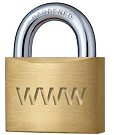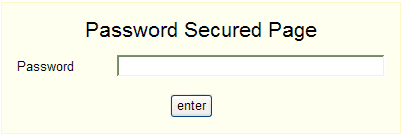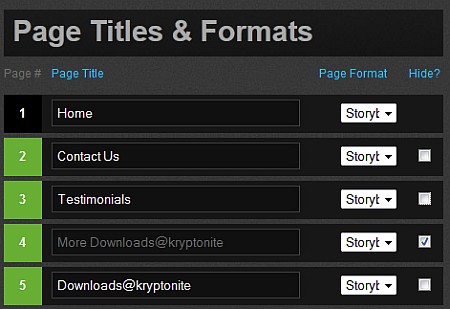Password Secured Pages
easy to follow step by step guides


Password Secured Pages allow selected visitors to a website to gain access to secure areas, reserved for members, paying subscribers etc
As your website grows, you may find that you would like to restrict certain areas of your website, so that they are not available to the general public. For example, a club which would like to reserve certain information for members, or a commercial website which would like to offer commercially valuable content only to those who have paid, or maybe just some extra information as a thank you to existing customers so they feel valued.
 Our Password Secured Pages option provides a simple way of enabling this. This guide has the following sections:
Our Password Secured Pages option provides a simple way of enabling this. This guide has the following sections:
Password Secured Pages (PSP) is not a standard feature, but once you have upgraded your account with PhD Interactive, the support team will activate the facility in your website. You will not see anything different at first, however if you have not had PSP activated then the following steps will not work. The current price for Password Secured Pages is £3+vat/month.
In order to secure a single page, you simply need to make a small change to the title of the page. This guide will use the example of a website offering downloadable documents via one of its pages. If I was to visit the Style & Design section of this website, it would look like this in the Page Titles and Formats section.

If I now wish to restrict access to the Downloads page, I can choose a password with which to secure it. In this example, I will use the password kryptonite. All I do is add the text @kryptonite after the page name, so that the new title looks as below.

Now, I will click Save Changes as normal, to rename the page and the page is secured. The following section explains how to use the secured page.
After clicking Exit to Website so I can visit the website as a normal member of the public, I will notice (if PSP has been activated on your website) that the page is not shown in the menu as Downloads@kryptonite but simply Downloads with the suffix removed.
If I now click on the menu, to go to the secured page, I will see something new, as shown below:

To access the page, I simply enter the password, krypotonite, and the page is revealed.
The above system may be perfectly adequate for your needs, however if you wish to restrict access to several pages, it may become tedious for your subscribers/members typing in the password on every page. Although you will always need to enter the password if you access pages via the main menu, there is another way to navigate between pages, and to automatically access secure content without retyping the password.
To do this, you need to set up navigation links between your secured pages using the Internal Links method. If you have not yet used these, they are explained in the Internal Links EZ Guide, and you will need to visit that guide first and familiarise yourself with internal links before continuing with this guide. When internal links are displayed within your pages, and you are on a password secured page, then the password used to access the page is automatically carried over to other pages. In order for this to work, it means that you should secure your other pages with the same password. See the example below.

The above example also incorporates an extra twist to tidy up the navigation. The More Downloads@kryptonite page has been hidden from the main navigation menu. You can use this method to hide as many pages as you want, so you could create a group of several pages, with one main "entrance" page via which your members or subscribers could reach several other secured pages, via the internal links method as opposed to the main menu. In the above example, the visitor would just see the Downloads page in the navigation menu. They could then access it using the password, and provided you've set up an internal link from there to the More Downloads page, they could follow that link and be taken straight there without needing to re-enter the password.
A final tip, is that you can secure different pages with different passwords, allowing different levels of security, or different groups of secured pages.
Online security systems are rarely 100% secure, and this system is no exception. A determined hacker could probably gain access to the secure information, with enough time and motivation. This system is therefore suitable if the consequences of someone gaining access are not that serious. This security system also does not pass the "internet cafe" test - namely that if a user gained access to the secure page using a public computer, then that computer may hold a history of pages visited, and the password could be extracted from that history. It is therefore not as strong a security as your PhD Interactive administration password which includes expiry times, and unique time limited codes to protect you from these risks in an internet cafe.
Overall however, Password Secured Pages should have perfectly adequate security for most of the needs of PhD Interactive clients.